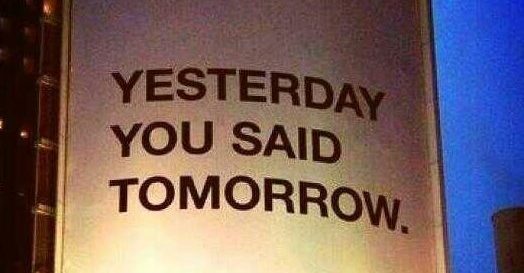Books and eBooks: they serve the same general purpose. Yet as technology develops and people seek more futuristic ways of living, the popularity of eBooks has grown immensely.
Although books have been around much longer than their electronic counterparts, the sales of eBooks exceed those of physical books.
In accordance to a report published by the American Association of Publishers in April 2011, eBooks are the most popular format for all categories of publishing. There doesn’t seem to be any clear reason for this besides the yearning for new technology. People tend to crave the newest and latest innovations to simplify their everyday lives. Each time an iPhone is released with its new features, a line of eager customers congregates at the doors of the Apple store. Although not as extreme, the case with eBook readers is the same. People always want things right when they first come out.
Books and eBooks offer the same basic features. One can do the same with an eBook that they can with a physical book. While one can highlight and annotate on a paper copy of a book, most popular eBook readers offer this same feature of note taking and highlighting. Writing all over a book is just different than taking notes in an electronic format. When you take notes in a book, they’re basically notes to yourself in your own handwriting, meant only for you to understand. However, on an electronic format, these annotations wouldn’t make any sense and could even appear to be gibberish. Looking back on my annotations from last year’s school reading choices, I would feel ridiculous typing up some of the things I wrote down. Notes lose their personalization as soon as they are typed up.
The price of eBook readers does not appear to be a downfall to potential buyers or owners. Different models of eBook readers vary in price, as well as eBook reader applications being available on tablets, iPhones and Androids. After the initial buying charger of the eBook reader, book and eBook prices remain generally the same. It’s probably true that after buying a certain amount of eBooks, owning an eBook reader turns out to be cheaper than purchasing physical books. However, that’s just too complicated to figure out right now.
Many eBook stores offer classic books free of charge, although it is somewhat tedious to leaf through screens of pages filled with the free offerings. It’s a lot easier if you know what you want before searching to see if it’s free, as many random authors are offered as well. However, if you’re into “indie” literature, by all means feel free to simply browse.
The free classics option could be beneficial to a student as you could get a book needed for school for free. For example, “A Tale of Two Cities” by Charles Dickens is offered for free on the iBooks application as well as various other tales by Dickens.
eBooks may be the future, but with the physical book, it’s more personal. With a physical book, after being stuck on a certain page for so long, the book will just flip open to that page. If you’re angry about a scene in a book, you can throw it halfway across your room and it will be salvageable. Throw your new $200 eBook halfway across your room and the fate of it won’t be quite as certain.
The population is riveted by new innovations when they first come out, which could be the reason for the success of eBook readers. However, regarding the statistics, it’s possible that in the future eBooks will be the way of reading. If that ever happens, one day books could be worth a lot of money on eBay but they may just become a distant memory. This all depends on how the future plays out for the eBook. Statistically, the eBook could turn out to be as popular as the Apple iPhone, but it could easily end up just like the audio book: something we know exists, yet rarely care to use.











